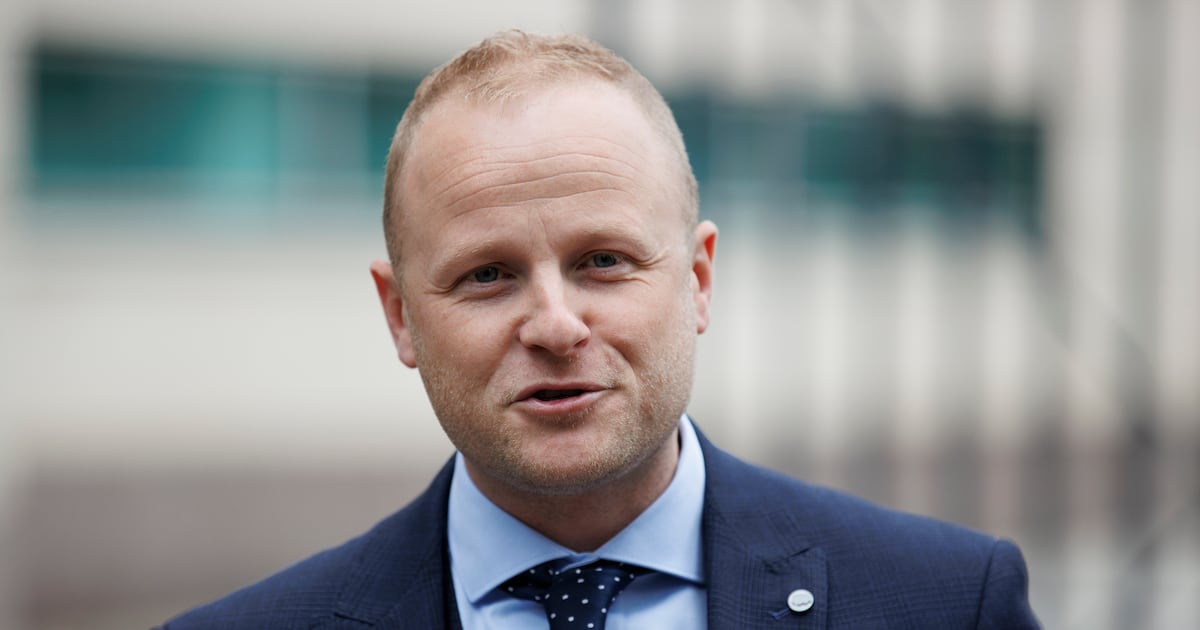An Irish language rights group is mounting a bid to intervene in loyalist activist Jamie Bryson’s legal challenge over signage at Grand Central Station in Belfast, the High Court in Belfast heard on Monday.
Papers have been lodged on behalf of Conradh na Gaeilge seeking participation status at the forthcoming judicial review into a decision by Sinn Féin infrastructure minister Liz Kimmins.
Mr Bryson is challenging her approval of a £150,000 (€173,000) scheme to have Irish language signs installed at the new public transport hub.
In court on Monday, a judge confirmed Conradh na Gaeilge’s application to intervene will be determined before the full hearing of the case is due to get under way later this month.
Representing himself in the case, Mr Bryson claims the minister unlawfully breached the ministerial code by failing to refer the issue to the Executive Committee for discussion and agreement.
Under Stormont rules, any controversial or cross-cutting decision should be tabled for consideration by the full power-sharing cabinet.
Mr Bryson contends that the test was met based on the stance taken publicly by a number of senior unionist politicians.
The high-profile campaigner has provided the court with correspondence from DUP leader Gavin Robinson, along with other political and Orange Order representatives, to back assertions that unionists are united regarding the erection of Irish language signs at the station as a controversial move.
DUP communities minister Gordon Lyons has already been granted permission to intervene in the case. Mr Lyons wanted to become involved in a bid to set out his opinion that Ms Kimmins’ decision was both controversial and cut across his own departmental responsibilities.
Lawyers representing the Department for Infrastructure indicated they will not oppose Conradh na Gaeilge’s application.
Mr Bryson sought reassurances that the move will not impact on preparations for the full hearing.
Speaking outside court, Pádraig Ó Tiarnaigh from Conradh na Gaeilge insisted that the promotion of dual-language signage in public spaces is in line with international guidance.
He said: “We feel that the minister ultimately made the right decision and, more than 25 years on from the Good Friday Agreement, we don’t see anything controversial about placing Irish and English side by side, in equal font and sizing, on public signs.”
